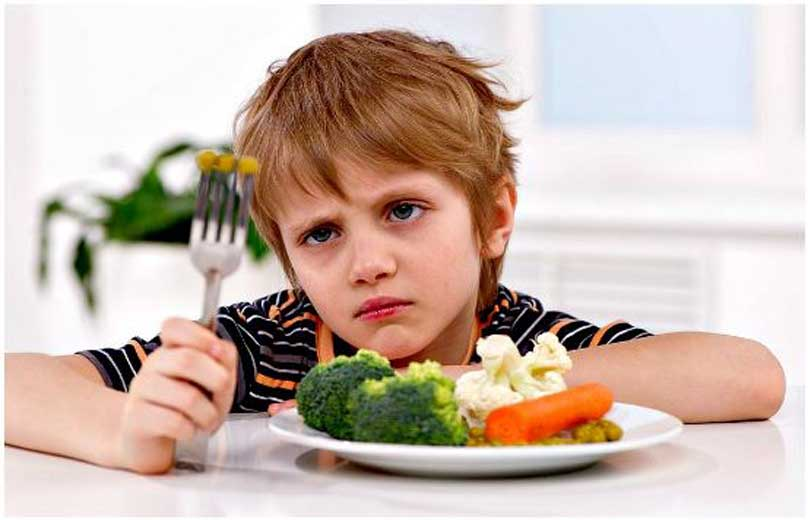Intro: When anorexia invades a home, it feels like a thief stealing your child. But a groundbreaking treatment puts families back in charge—transforming kitchens from battlefields to healing sanctuaries.
The Family Table Turned War Zone
Before FBT (Family-Based Treatment), parents faced agonizing contradictions: “Love her but starve the illness? Or feed her and feel like a torturer?” Seventeen-year-old Mia’s mother recalls: “She’d hide peas under her thigh while sobbing ‘I’m a pig for eating this.’ We felt helpless.”
Traditional Treatment Pitfalls
- Isolating teens in clinics often increased resentment
- Parents treated as “part of the problem” rather than allies
- Recovery plateaued post-discharge without home support
The Anorexia Playbook Exposed FBT recognizes the eating disorder as an external force manipulating the family:
- Divide and conquer: “Mom wants me fat!” whispers to dad
- False alliances: “You understand my need to be perfect” to siblings
- Strategic weakness: Collapsing during meals to induce guilt
Key mindset shift: “Your child isn’t being difficult—they’re having difficulty with an enemy inside them.”
Phase 1: Reclaiming the Kitchen
FBT’s first 10-20 sessions focus on restoring weight through parental control—not negotiation:
The “No Choice” Lifeline
- Parents plan/cook/serve all meals (no calorie talk)
- Required plate completion within set time
- Unified front: “One forkful at a time, together”
Real-world example:
- Breakfast: Scrambled eggs + toast + avocado (no substitutions)
- Snack: Full-fat yogurt + honey + granola (eaten together)
- Power phrase: “This isn’t punishment—it’s medicine.”
Why Parental Authority Works
- Leverages natural nurturing instincts
- Bypasses anorexia’s mental “blockades”
- Creates predictability amid chaos
Teens initially rage: “You’re controlling me!” but later admit relief: “When Dad said ‘Non-negotiable,’ my anorexia voice quieted.”
Phase 2: Handing Back the Spoon
Once weight stabilizes (~85% ideal body weight), teens gradually regain food autonomy:
The Art of Strategic Surrender
- Start with low-stakes choices: “Pick the fruit for your oatmeal”
- Progress to meals: “Choose Tuesday’s dinner protein”
- Master setbacks: “Forgot lunch? Let’s rebuild—what’s Plan B?”
Critical Training Wheels
- Meal coaching: Parents silently observe school lunches
- Error insurance: Extra Ensure if portions missed
- Alarm systems: Weekly weigh-ins catching 2+ lb drops
Avoiding power traps: → Instead of “Eat your broccoli” → “Broccoli helps your soccer stamina” → Instead of “Stop body-checking” → “Let’s window-shop after lunch”
Sibling Allies Activated
- Brothers/sisters become “mood barometers” (“Is she snapping more?”)
- Secret hand signals for distress during meals
- Shared post-meal rewards: Card games, dog walks
Phase 3: Building the Anti-Relapse Fortress
Final months focus on identity restoration beyond the eating disorder:
Relapse Triggers Disarmed
| Trigger | FBT Defense |
| Exam stress | “Study snacks = brain fuel” pact |
| Breakup | “Heartbreak meal plan” (comfort foods + friend support) |
| Sports weigh-in | Coach collaboration on blind measurements |
Rewiring Self-Perception
- “Who were you before anorexia?” → Art projects revisiting old hobbies
- “Future self” letters: “Dear College Me, remember pizza nights with Dad…”
- Values mapping: “Kindness > thinness” bracelets
The Family’s New Language
- No: “You look healthier” (implies “fatter”)
- Yes: “Your laugh is back!”
- No: “Just eat normally!”
- Yes: “Let’s troubleshoot together”
The Invisible Healing: When Love Becomes Medicine
FBT’s magic isn’t just in weight charts—it’s in repaired relationships:
The Midnight Pancake Epiphany When 15-year-old Lucas woke craving pancakes months into recovery, his exhausted parents didn’t cheer—they cooked. As he ate, his father whispered: “Remember when midnight feedings meant bottles? Some bonds never break.” That moment became their North Star.
Science of Family Synchronicity
- Synchronized cortisol drops after shared meals
- Oxytocin surges during post-meal board games
- Mirror neurons firing when parents model balanced eating
Why 3x Higher Success?
- Early intervention (avg. 3 months vs. 2 years pre-FBT)
- 24/7 support > weekly therapy
- Treating home environment, not just symptoms
Conclusion: The Family as Living Immunity
FBT proves that against anorexia’s isolating force, connection is the ultimate antidote. Recovery isn’t linear—there will be spilled soups, tearful standoffs, and moments parents hide in pantries to cry. But as Mia’s family learned:
The day she spontaneously made omelets for everyone wasn’t a “cure” moment. It was when her little brother mumbled “Too many mushrooms,” and she laughed—not starved herself. That’s FBT’s true victory: not just weight restored, but joy reclaimed bite by bite.
This revolution reminds us:
- Anorexia fears communal tables
- Every “You will eat” is really “You will live”
- The most powerful treatment tool isn’t a scale or meal plan—it’s a family saying, “We refuse to lose you.”
For in feeding our children back to life, we rediscover our own strength. As FBT pioneer Dr. Lock says: “Recovery happens when love outshouts fear at the dinner table.” And that light, once lit, never truly fades.


